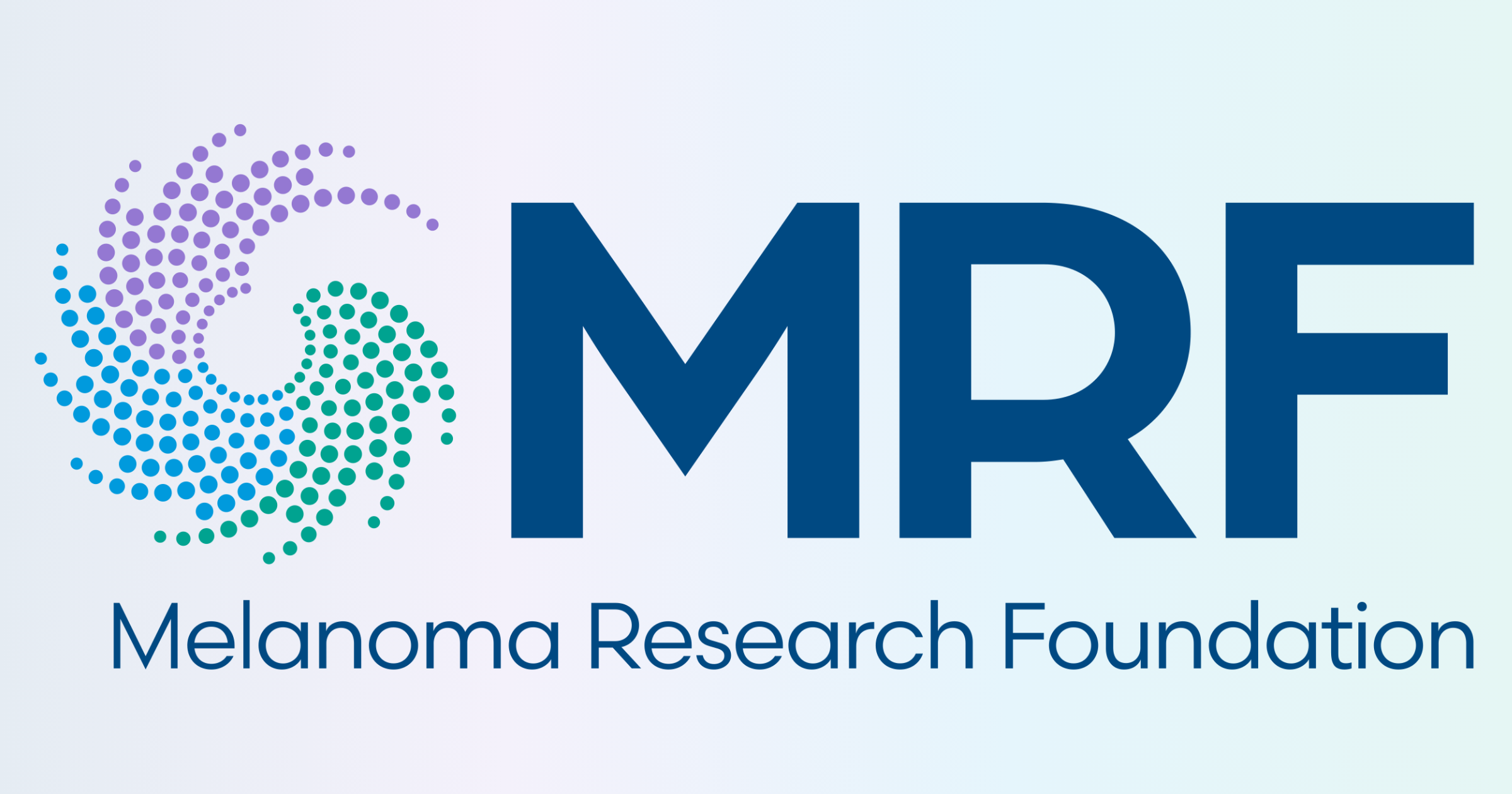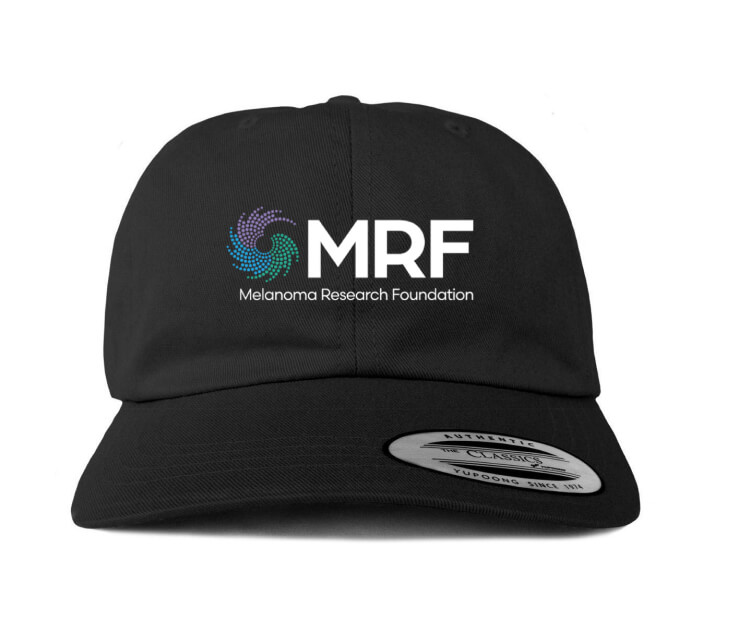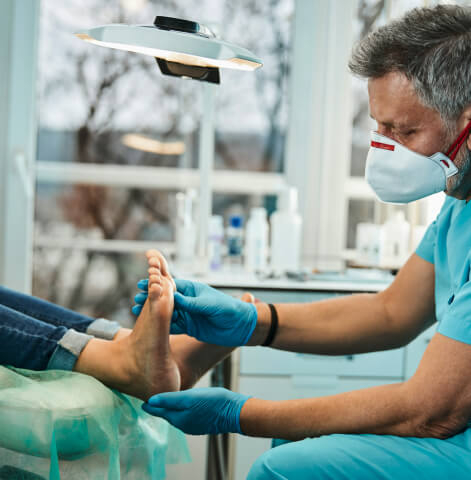January 27, 2025
Acral Melanoma
Acral Melanoma Accounts for 1 to 3 Percent of All Melanoma Diagnoses.
Understanding Acral Melanoma.
In the United States, approximately 2,000 to 3,000 people are diagnosed with this subtype each year. It occurs across all skin types but is more frequently seen in people with darker skin tones. Notably, it makes up around half of all melanomas that develop on the hands and feet. ¹ ²
Acral melanoma, also called acral lentiginous melanoma, is a rare form of skin cancer that starts on the hands, feet, or under the nails. What makes this type different is not just where it shows up, but also how it grows and behaves. The word “acral” refers to the location on the body’s outermost areas, like the nail beds, palms, and most commonly the soles of our feet. “Lentiginous” describes the way the cancer spreads in a thin, flat layer along the bottom of the skin’s surface. ³
Unlike most skin cancers, Acral melanoma is not linked to sun exposure.
Instead, it’s driven by changes in the chromosomes, which are like instruction books in our cells, that alter how the cancer grows and responds to treatment. ³
In its earliest stages, acral melanoma can be hard to spot. It may look like a faint patch of discoloration, often light brown or gray, with edges that are not clearly defined. Instead of having sharp, obvious borders, the spot may gradually blend into the surrounding skin. Because these changes can be subtle and appear in places we don’t often check, they can be easy to miss. ²
What to Know About Acral Melanoma and Early Detection
Acral melanoma is not linked to sun exposure. It develops from changes in the chromosomes, which affect how the cancer grows and responds to treatment.³
Early detection is important, but it can be tricky. Acral melanoma may start as a faint brown or gray patch with blurry edges that blend into the surrounding skin. These spots often appear on the palms, soles or under the nails, places we do not check often, making them easy to miss.² Regularly examining these areas and talking with a healthcare provider about any changes can help catch it earlier, when treatment works best.

Resources Used
- Hall, K. H. (2023). Acral Lentiginous Melanoma. StatPearls.
- Moon, H. R., et al. (2018). Heterogeneous Spectrum of Acral Melanoma: A Clinicoprognostic Study of 213 Acral Melanomas According to Tumor Site. Journal of the American Academy of Dermatology, 78(1), 179–182.e3.
- Kim, S. H., et al. (2025). Acral Melanoma: A Review of Its Pathogenesis, Progression, and Management. Biomolecules & Therapeutics.







